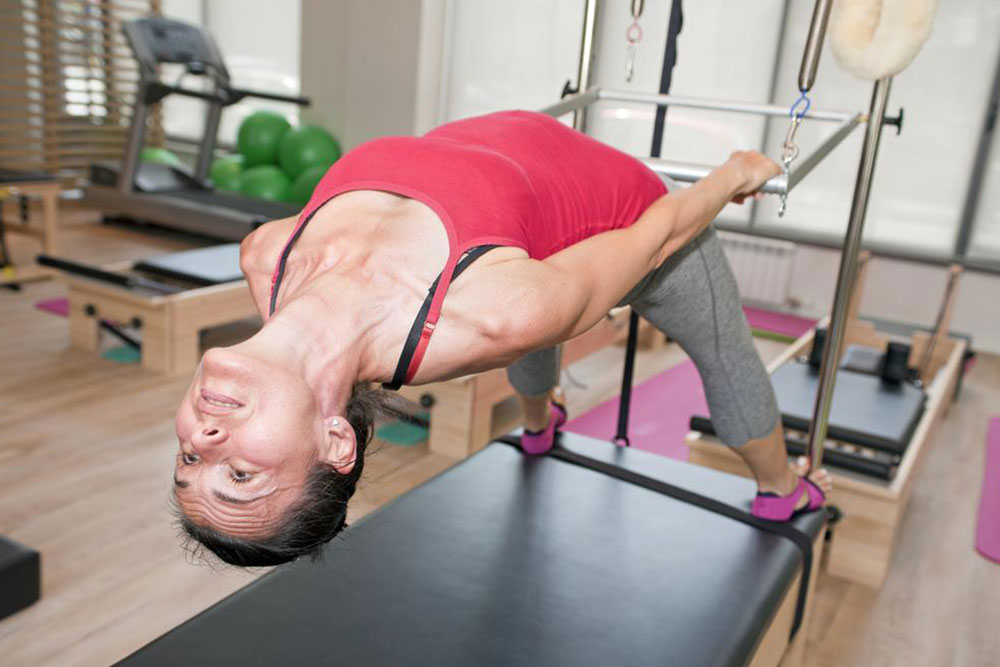The Origins and Development of Pilates Exercise
Explore the fascinating history and evolution of Pilates, a popular fitness method originating in the 1920s. Discover how Joseph and Clara Pilates developed this effective body conditioning system, now embraced worldwide for improving strength, flexibility, and posture. Understand its combination of fluid movements and modern biomechanics, making it suitable for athletes, performers, and everyday fitness enthusiasts alike. This article offers insights into Pilates’s origins, development, and contemporary practices, encouraging a deeper appreciation of this versatile exercise form.

The Origins and Development of Pilates Exercise
As more individuals embrace healthier lifestyles and seek to achieve sculpted bodies, the popularity of various fitness routines continues to grow worldwide. Among these, Pilates has gained significant attention as an effective method for body toning. Before diving into the workout, it’s insightful to explore what Pilates is and how it came to prominence.
Pilates may seem recent to many, but its roots stretch back to the 1920s. It was during this period that Joseph and Clara Pilates established their Body Conditioning Gym in New York City.
History of Pilates
Named after its creator, Joseph Pilates, who was born in Germany and later moved to Britain before settling in the US, this exercise system was developed in the early 20th century as a new approach to physique training. Joseph envisioned a method to strengthen and tone muscles effectively, laying the foundation for what would become a global fitness trend.
A significant feature of Pilates includes specialized equipment, most famously the Pilates reformer.
In 1926, Joseph Pilates migrated to America, where he met his wife Clara. Together, they opened a fitness studio that gained recognition in the dance and athletic communities. Pilates features flowing movements that promote muscle development and resemble ballet in appearance. Over time, the practice expanded into various fields such as sports, performance arts, and general fitness.
Modern Pilates
While the core principles established by Joseph Pilates remain unchanged, contemporary Pilates incorporates biomechanical and anatomical insights. Its popularity has soared worldwide, with countless individuals incorporating the practice into their daily routine to enhance strength, flexibility, and overall wellness.
Important Notice:
The information presented here covers broad aspects of Pilates, aiming to offer readers insightful and practical knowledge. However, it should not be regarded as comprehensive medical or fitness advice. The content is for informational purposes only, and readers should consult professionals for personalized guidance. The website is not responsible for discrepancies or inaccuracies in external sources or for specific fitness programs and offers outside this platform.








